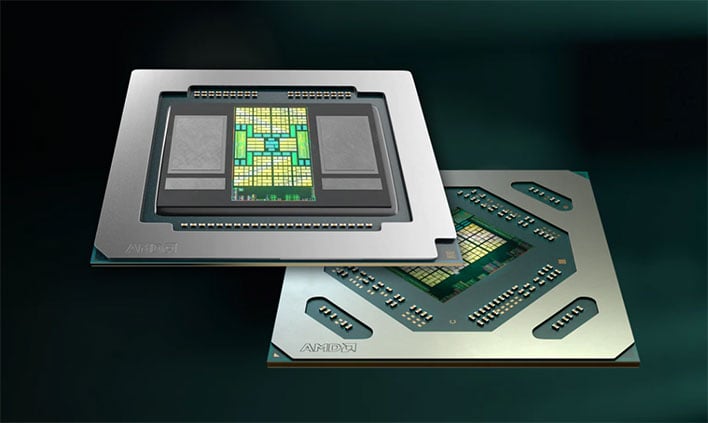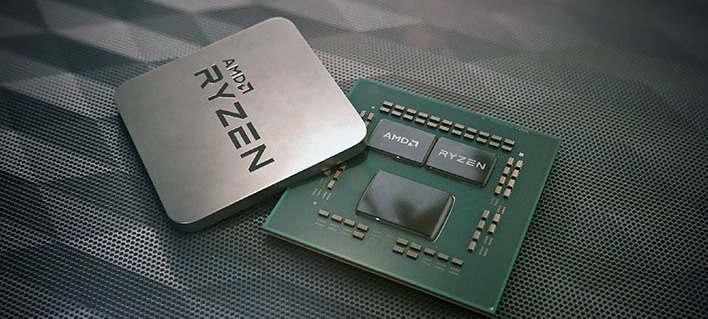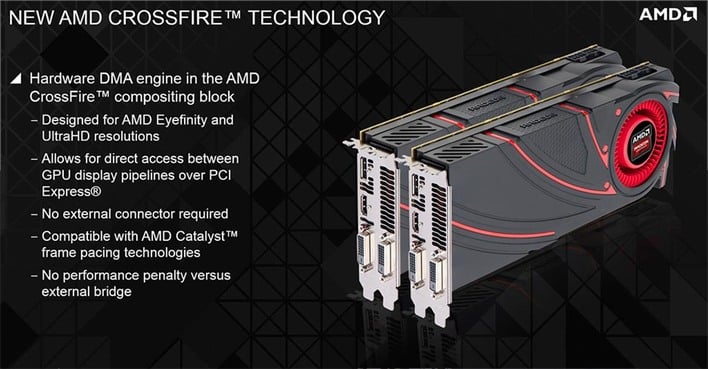AMD Architect Hints That Radeon RDNA 3 GPUs Will Use A Ryzen-Like Chiplet Design

After all, when we say "chiplet," we're usually thinking about AMD's Ryzen processors and the way they split compute and I/O into separate silicon dice. However, you could also describe processors like the old AMD R9 Fury, which used a large GPU and several smaller "chiplets" of HBM, as a "chiplet-based" design.
Nobody really does that, though, and of course, that's not what AMD meant when it said that RDNA 3 would use chiplets. We know that because AMD Product Technology Architect Sam Naffziger said so. Speaking to Tom's Hardware, Naffziger said that there will be separate chiplets, and at first was coy on exactly what that implied. Pressed by Tom's, he admitted that it would be more similar to Ryzen than extant AMD Instinct parts.
Ryzen is quite different in form from Instinct. As enthusiasts likely well know, Ryzen processors separate their compute and cache functions from what Intel would call the "uncore". That includes the memory controller, high-speed I/O like PCIe and USB, as well as other functions. The actual "processor" part of a Ryzen or EPYC processor is contained in one or more "CCDs", or "Core Complex Dice".

So saying, if we consider a GPU that is built more like Ryzen, then we can imagine a product with one or more I/O dice for the memory controllers and system bus interface, and then several compute dice for the actual number-crunching of the graphics workload. Actually, rumors have suggested that AMD's upcoming RDNA 3 will have three types of chips; in addition to the two above, there will also supposedly be "MCDs" or "Multi-Cache Dice".
This does present a concern in that splitting GPU workloads across multiple GPUs is notoriously difficult. Back in the day, 3dfx worked it out using analog electronics, splitting the raster workload across scanlines. Unfortunately, modern graphics applications aren't just raster anymore. You've got all kinds of vertex morphing and deferred shading and asynchronous compute workloads going on.
Many people, including this author, doubted AMD when the company first unveiled the Zen 2 Ryzen 3000 series' chiplet-based design to the public at CES 2019. It seemed like a return to times of old; we quit using front-side buses for a reason, after all. Zen 2 quickly quieted the doubters and there's no question that Zen 3 is competitive on the desktop, particularly with 3D V-cache. It remains to be seen if AMD can live up to the hype yet again.



